Week 2 of my comic course was about taking your idea and turning it in to a script. While there’s a little bit about structure and theme, I’m very much tailoring the course around writing for comics, and so we talked about writing for the four page format.
Making sure your artist has all of the things in the story that are essential for them to understand what they’re drawing (don’t hide stuff from the artist thinking “Oh this will be a cool twist for them”) tell the artist up front so they can be prepared for it.
You’ll want to have at least one establishing shot per scene, even one per page – The reader will only understand where they are in the story if you show them through the art or let them know via captions/dialogue. And you really want them captions/dialogue to be supplemental to the art.
Try not to dictate to the artist the shots to use,often they’re judging shots while looking for balance on the whole page. That said, there are a variety of shots that are common and you’ll know what beats you want your story to hit.
If you’re going to start a scene in a location let the artist know all the relevant information – time of day, what does the place look like.
Ideally this information turns up in the first panel of the new scene – regardless of whether the artist is expected to draw it all. So, if we open on the close up of a characters face, before we reveal the character is in a jungle during the day, as this information can help determine cast shadows/other things that might effect the art.
A good rule of thumb on a script is one page of script per page of art. (Unless you’re Alan Moore, in which case you get a pass).
John Wagner (Judge Dredd co-creator) scripts are often described as “really exciting telegrams” aim for that.
If you find your page is minimal description but dialogue/captions are bursting out over two pages then maybe… maybe… you’ve too much dialogue/captions.
(No hard and fast rules here, but Alan Moore’s 35 words per dialogue balloon is a good one)
Also keep in mind, some panel shots are more friendly to longer amounts of dialogue.
Extreme Close up can be hard to do while fitting in a LOT of dialogue.
Overhead shot wide angle can fit in a lot but can be very effective with a small amount.
Try to keep judgement on panel placement/size of panels up to your artist.
(Unless, for example, you expect to have a panel reveal be big, in which case simple writing “Big panel” is enough).
Remember the more panels you have the harder it is to do a BIG panel.
Reread the script – 7 panels? Lots of dialogue? Making a panel big automatically makes every panel around it smaller.
Best way to judge it is to get these things drawn up!
You really want to think of scene changes happening on new pages, or, if you can’t, think of good ways to transition (rather than “Meanwhile”). You want big reveal moments to happen on a page turn (which is hard to know when you’re unsure of the publisher and whether the pages will start on odd or even numbers)
(Dialogue that runs from one panel OVER a caption on a new scene panel can be especially effective)
Your artist will be trying to line characters so that the first one speaking is on the left (I’ll cover this in week 3 – layouts) but just keep that in mind, if you dictate the geography too much it makes their job more difficult and they may end up ignoring you!
We did a little q&a about pitching.
2000Ad are the only publisher open to blind submissions of comics – future shocks are the way in.
Image and various other publishers are open to complete submissions – writer/artist/letterer/colourist with a complete package, but this can be tough to do as payment is at the backend (so your artist can be working for several months before getting paid).
The Big Two are closed doors for blind script submissions. Really you get to pitch to these guys by invitation only. Get work published, get to conventions, build relationships and then ask if you can pitch.

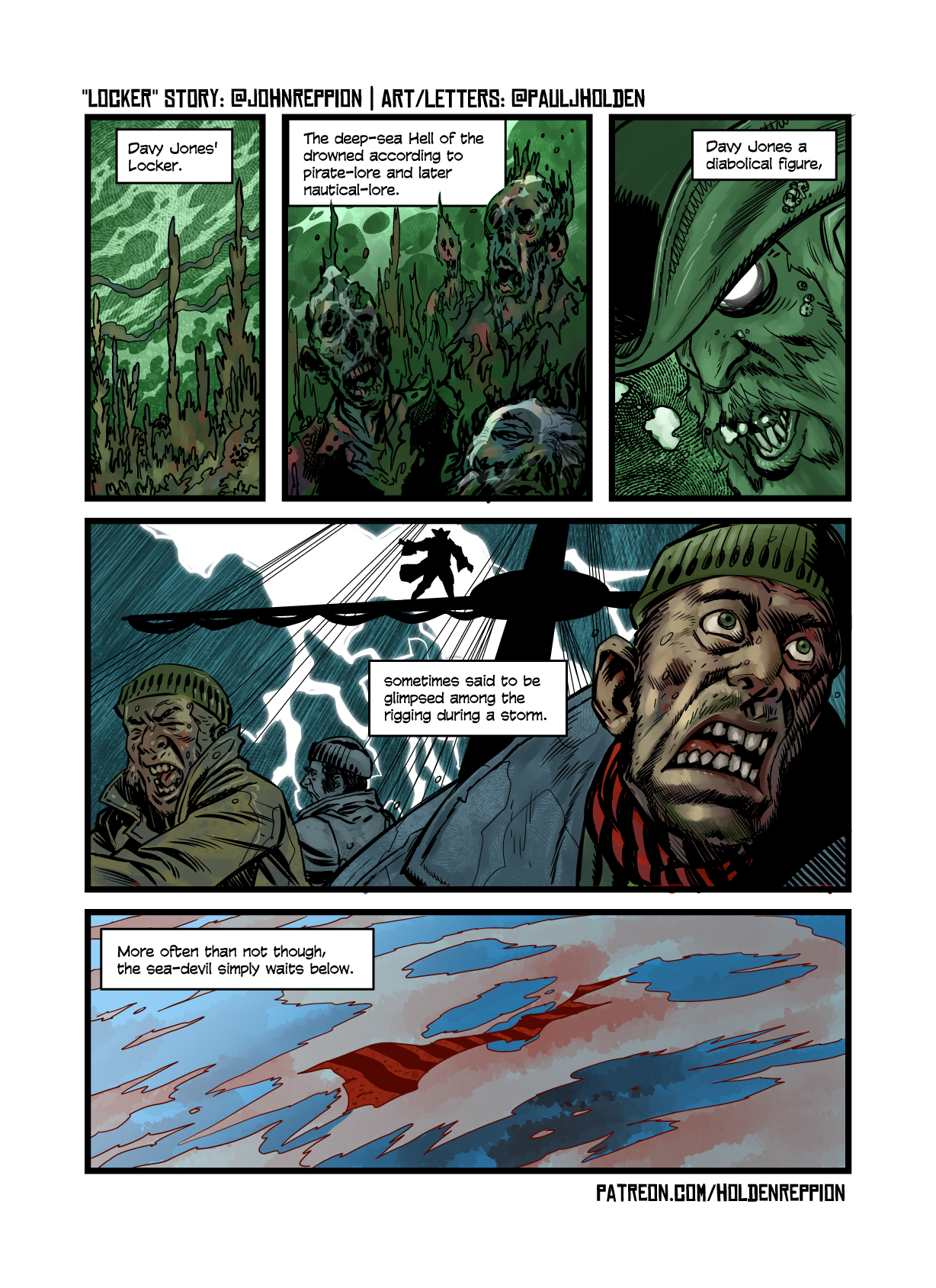
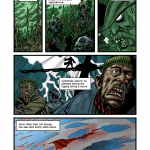
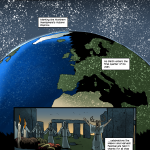
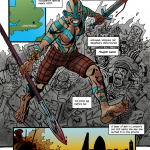
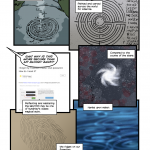
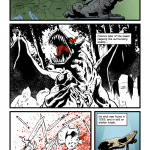
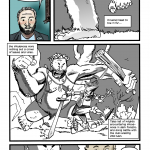
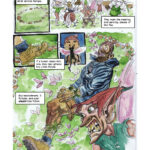
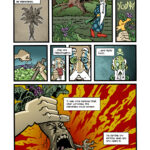
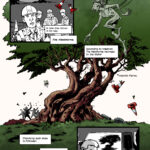
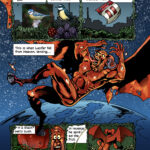
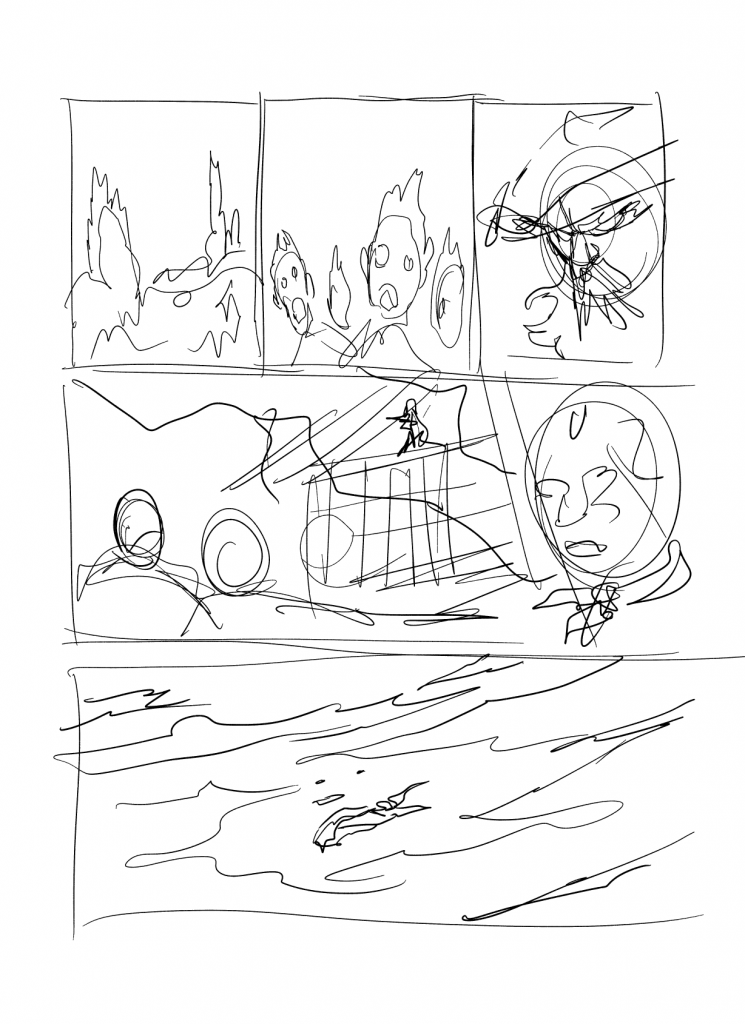
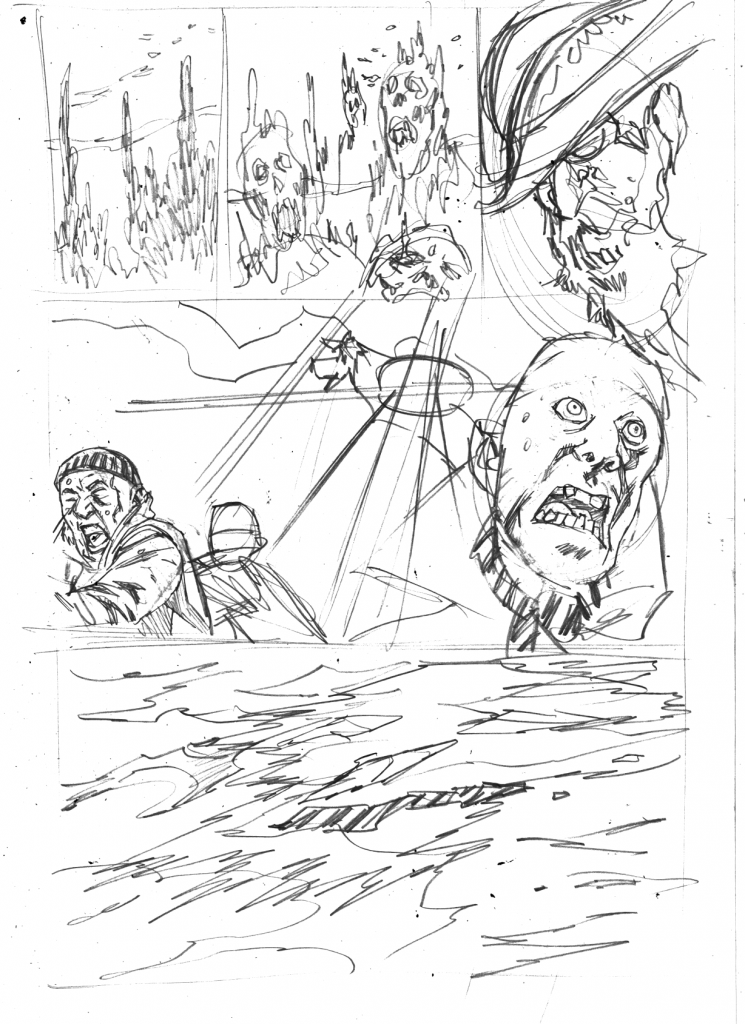
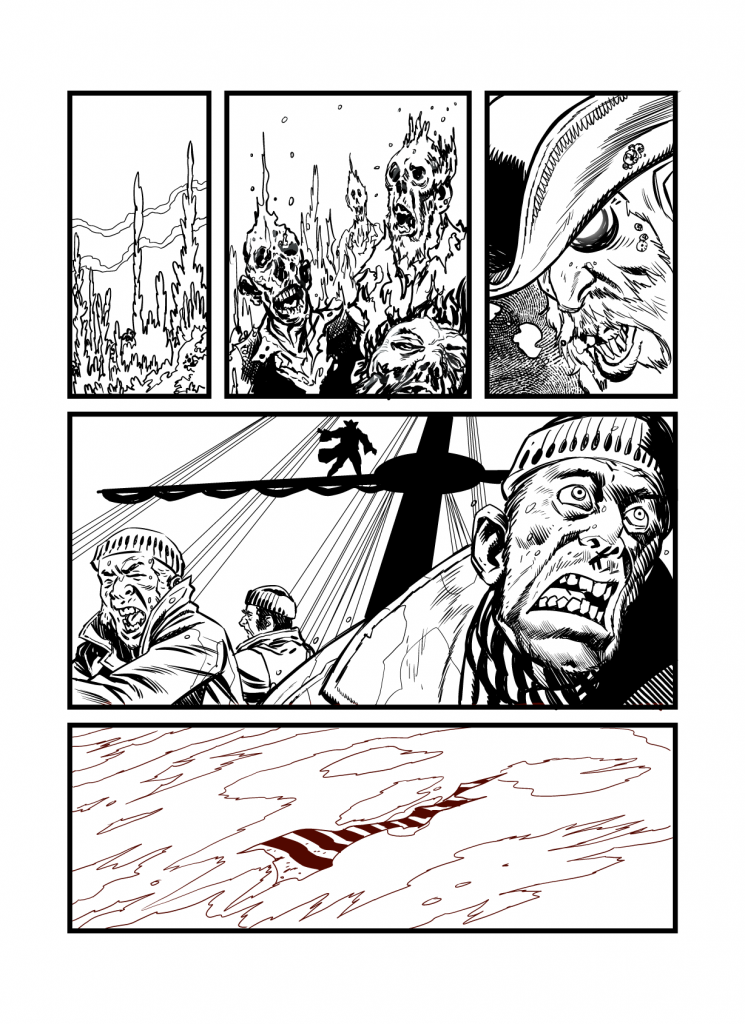
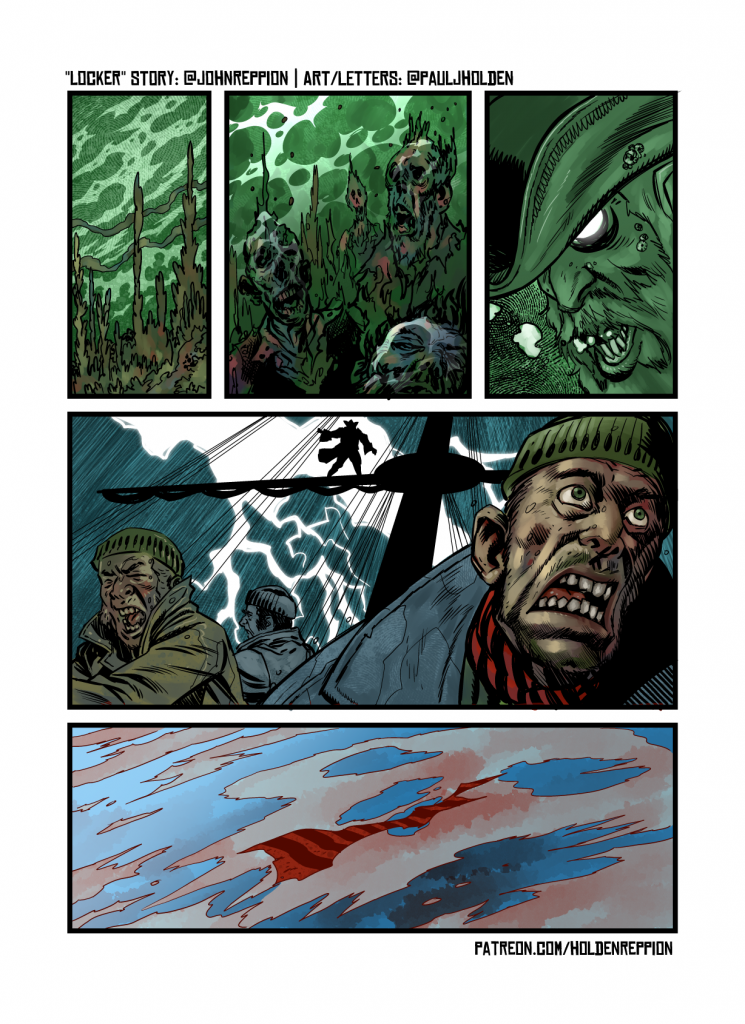
 Unlock with Patreon
Unlock with Patreon
Recent Comments